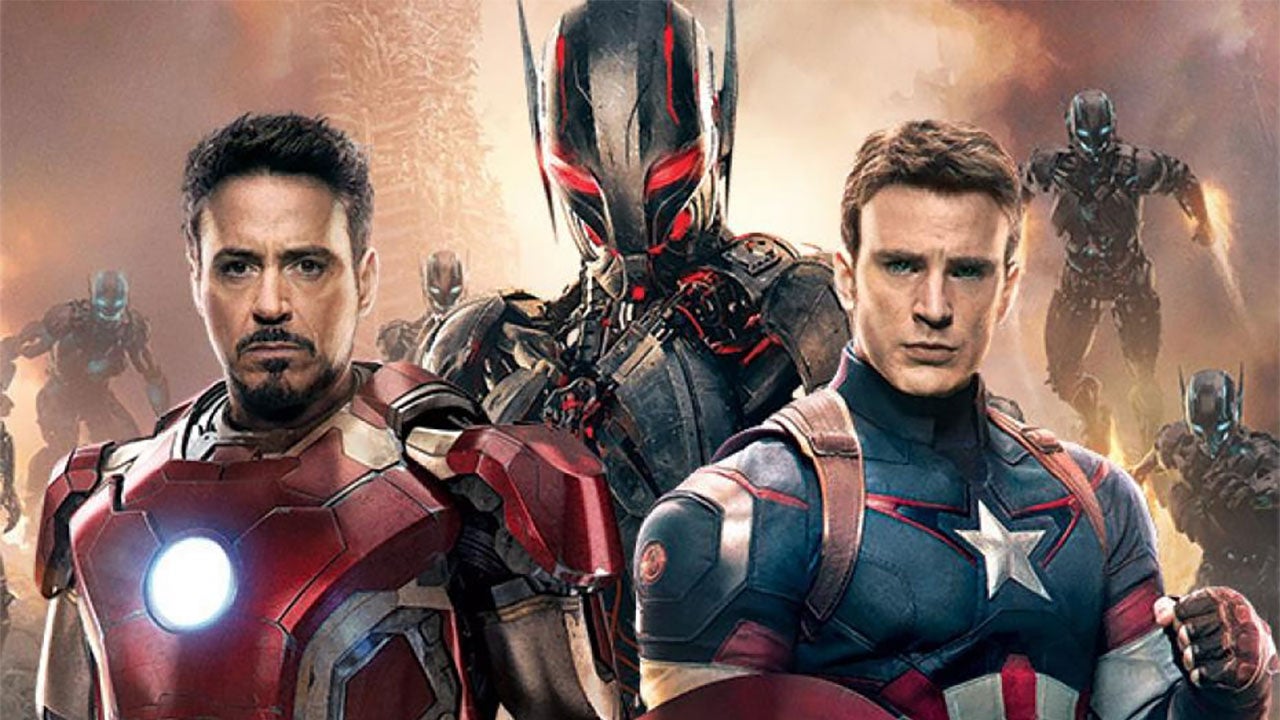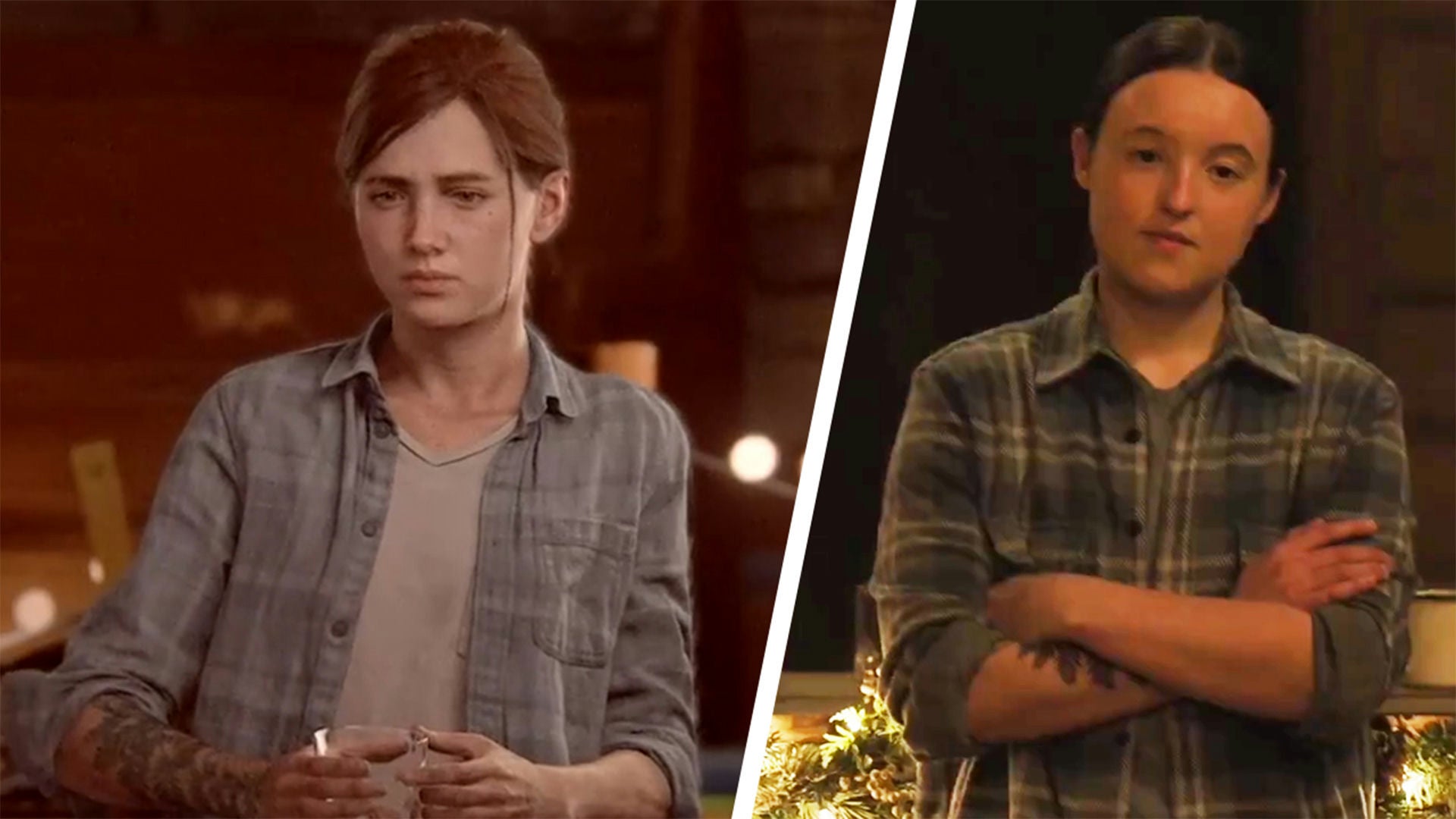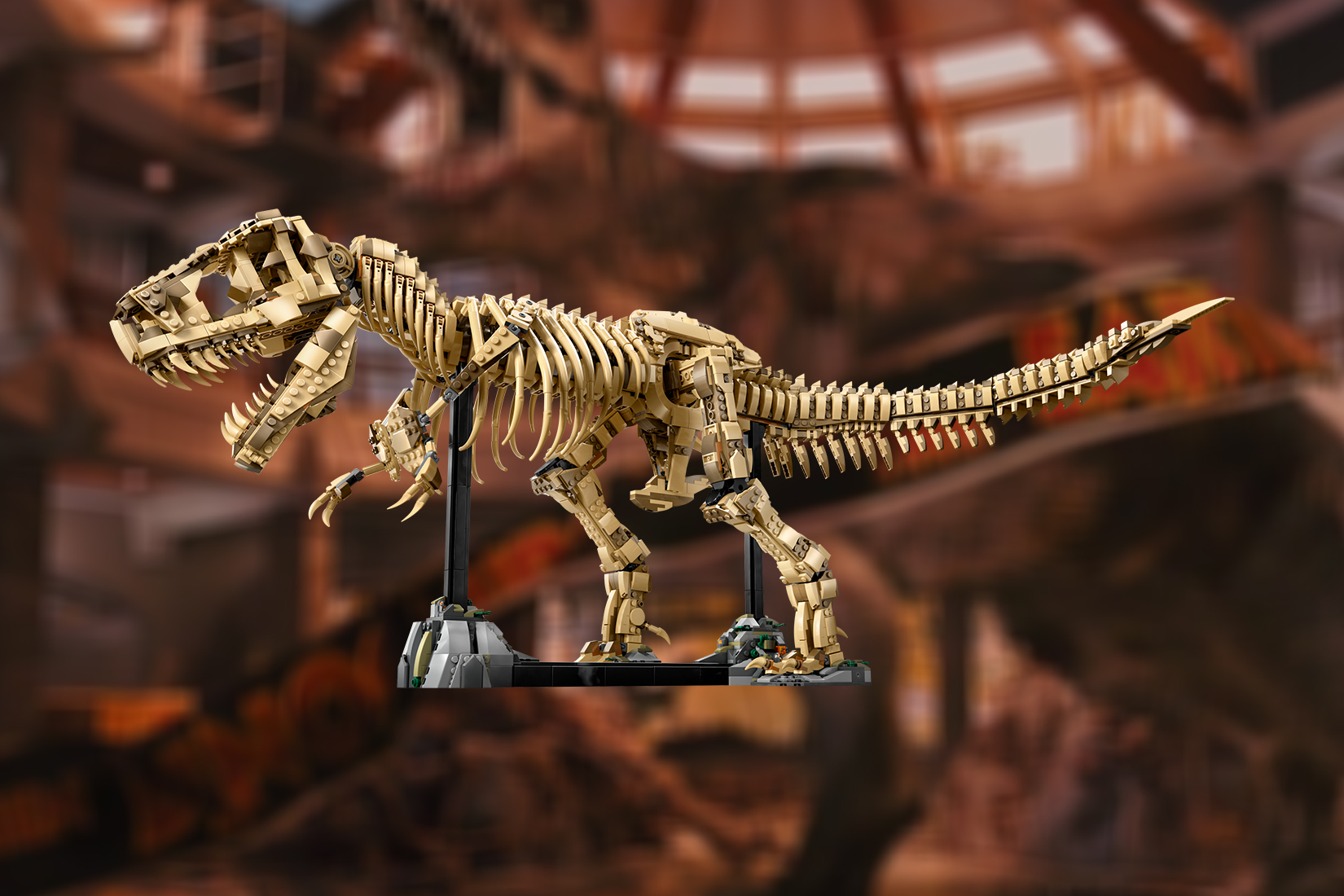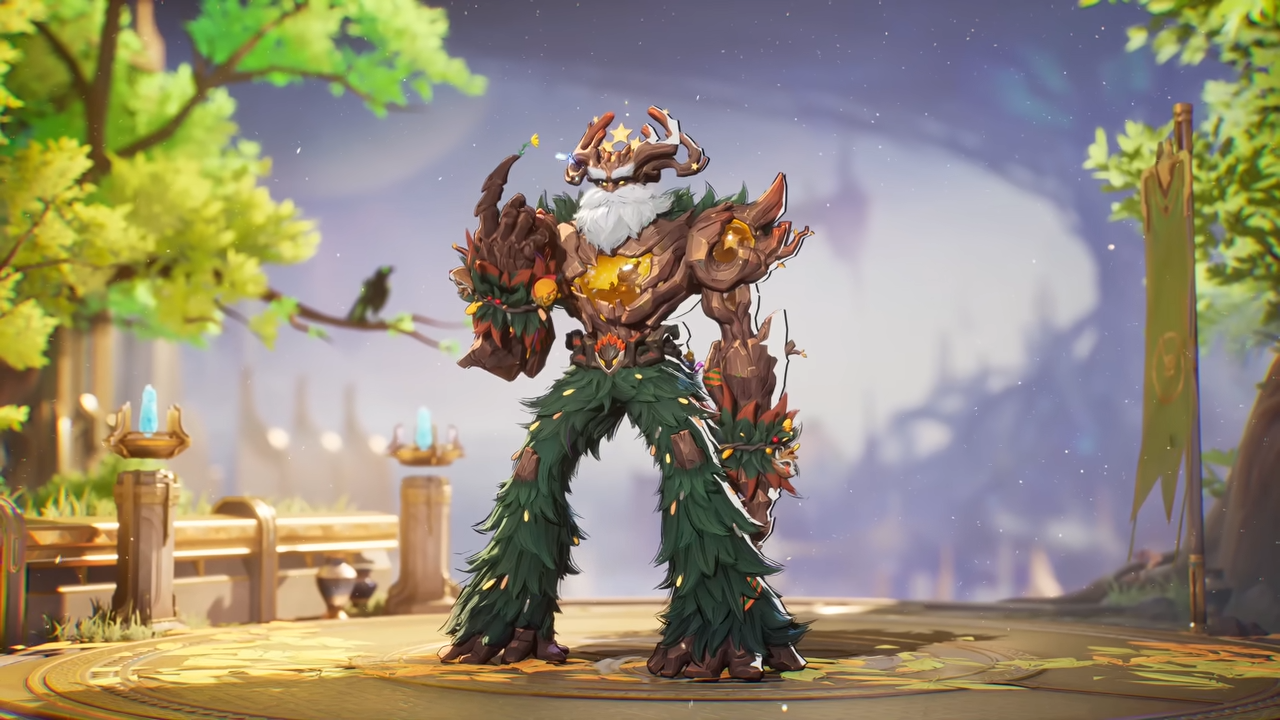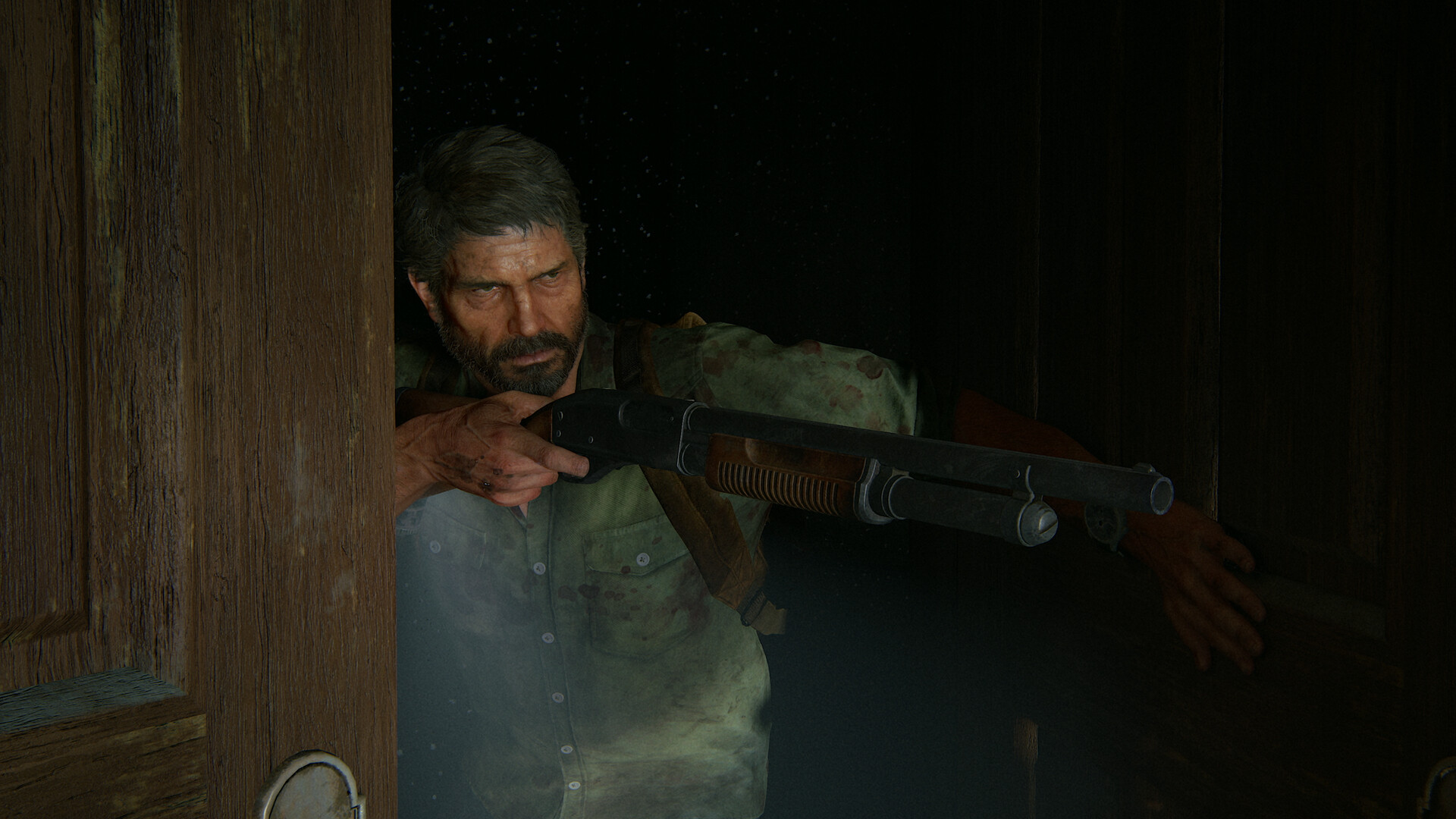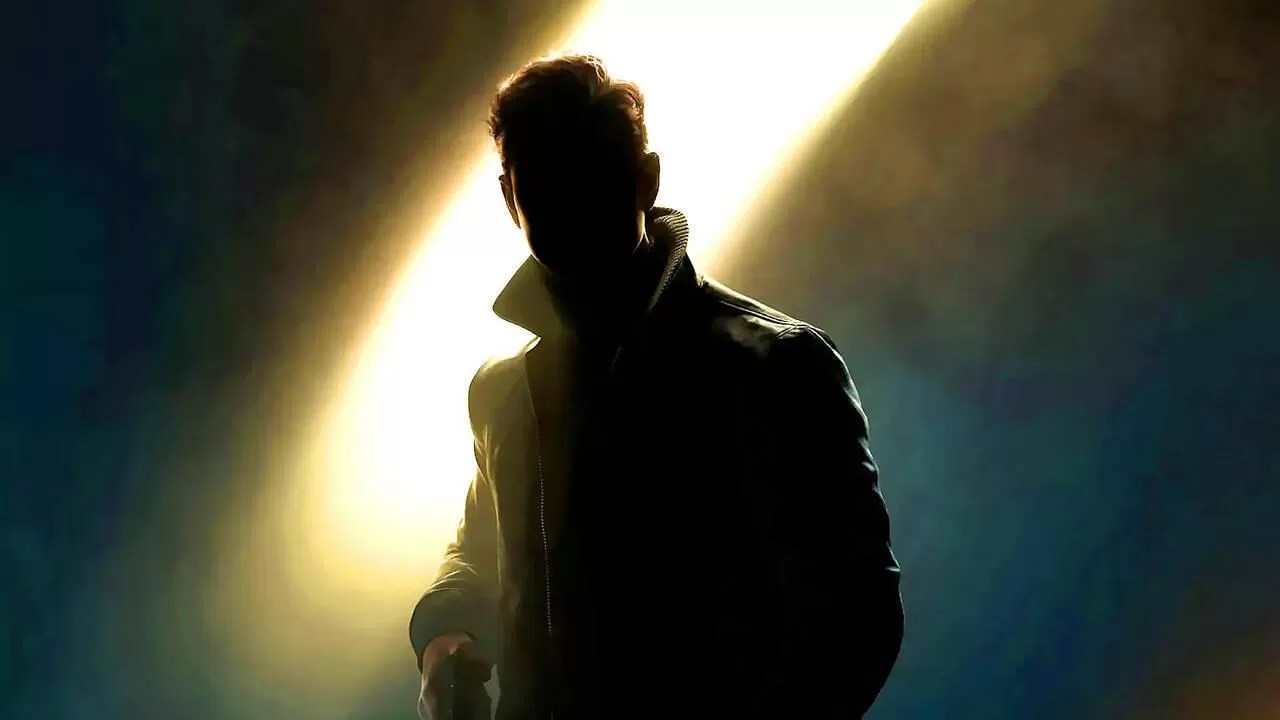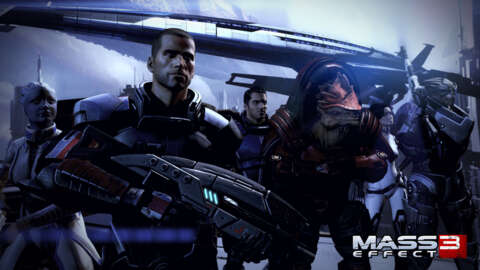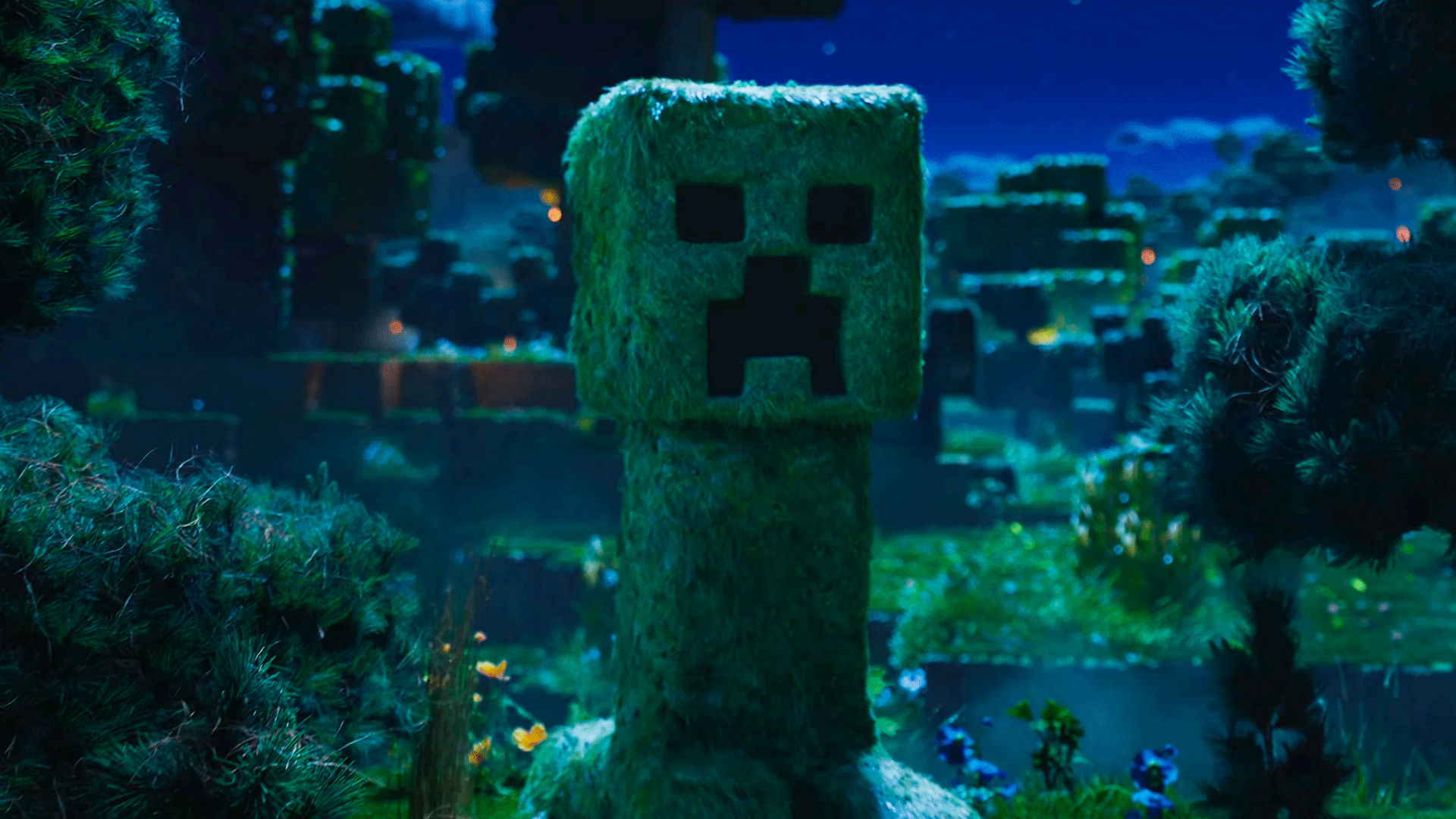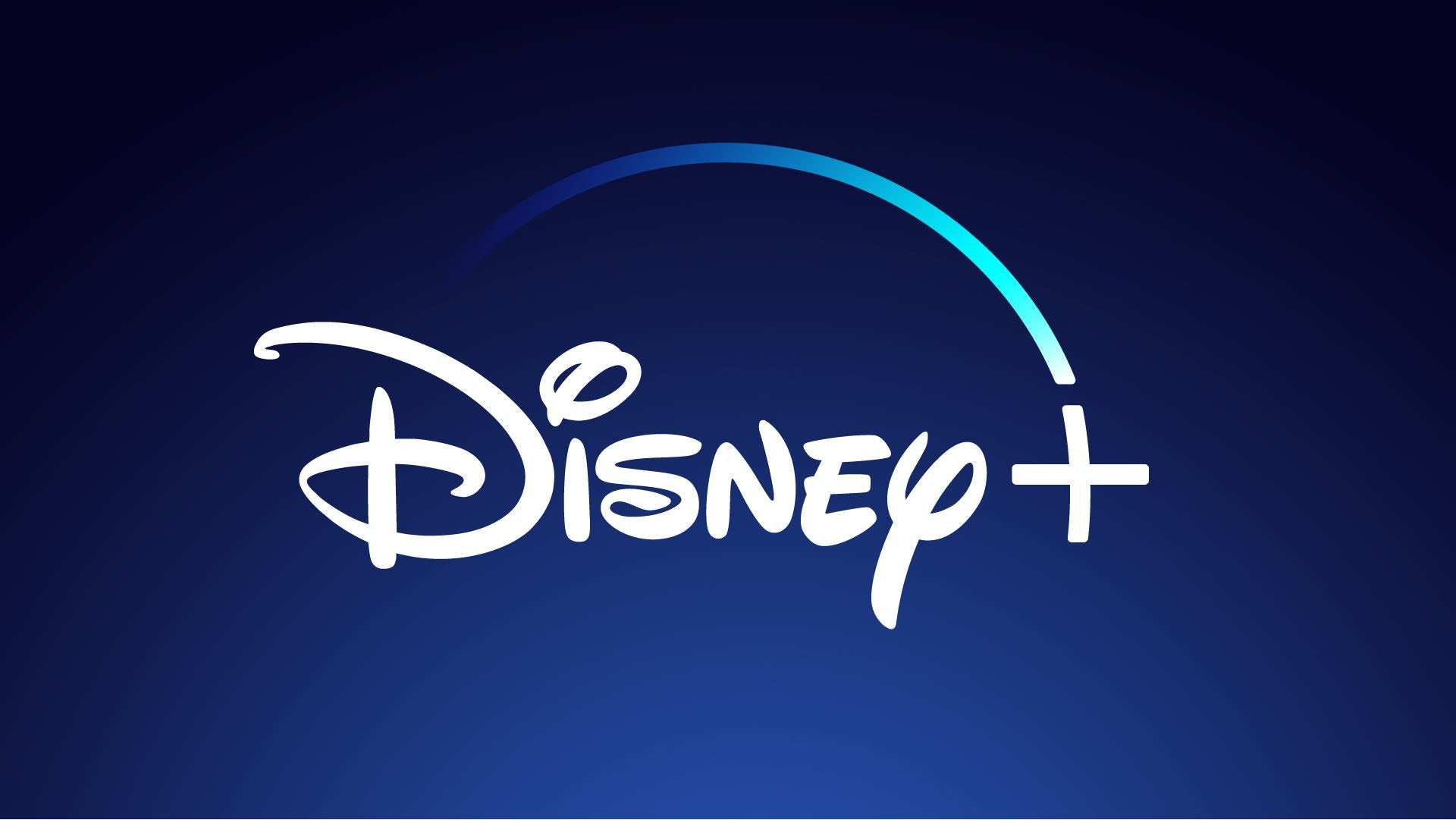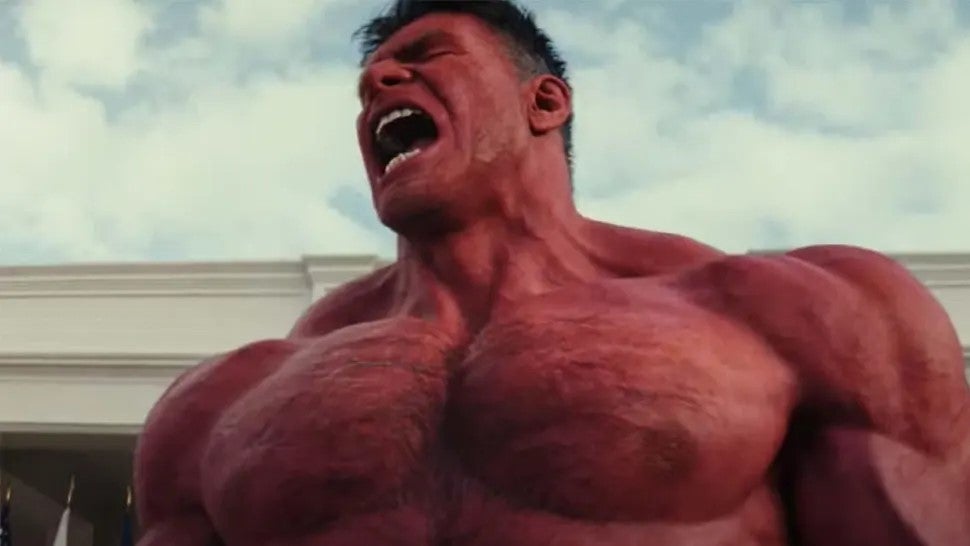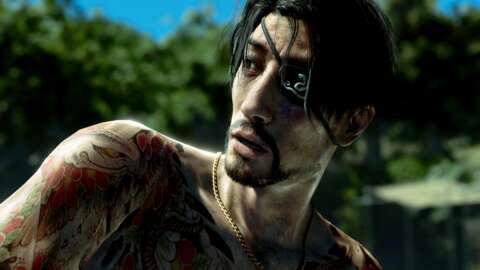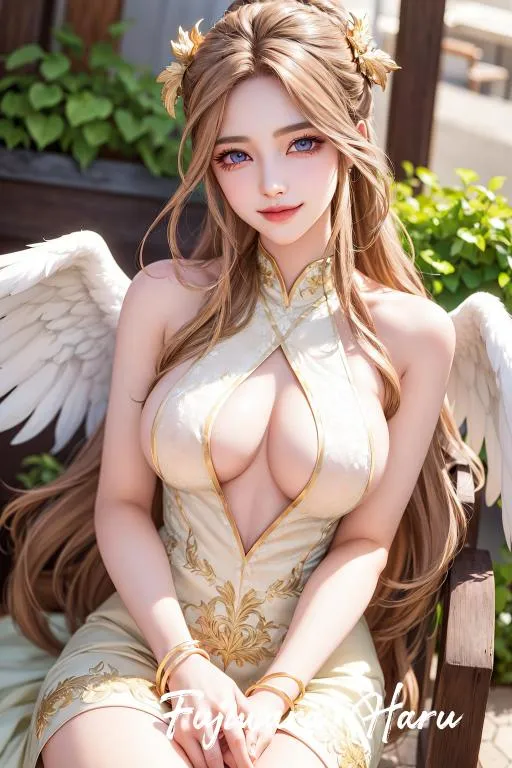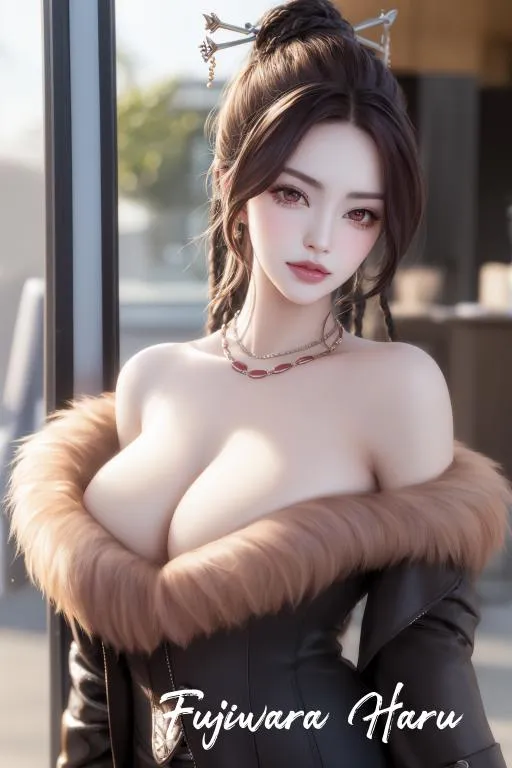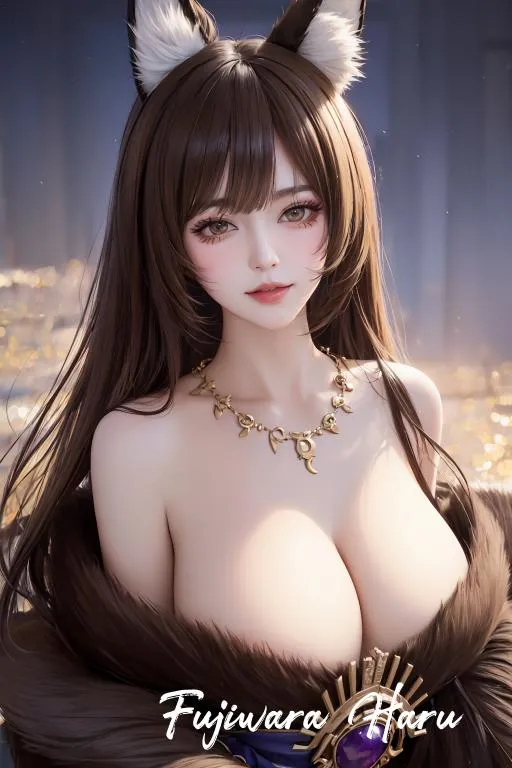
This article contains spoilers for Avengers: Age of Ultron.
As Marvel prepares to launch massive new Multiverse Saga films like The Fantastic Four: First Steps, Avengers: Doomsday, and Secret Wars to try and recapture the franchise’s glory days, it’s sobering to remember that ten years ago the Marvel Cinematic Universe was only just getting to its first Avengers sequel. MCU mania was at an all-time high back in 2015; fresh off the critically acclaimed one-two punch of Captain America: The Winter Soldier and Guardians of the Galaxy, Marvel was on top of the mountain as they kept comic nerds and general audiences invested in the teases for Thanos and the ongoing Infinity Saga. But after Avengers: Age of Ultron, there was a bit of concern that the franchise was going through some growing pains.
Age of Ultron wasn’t hated, mind you. It received mostly positive reviews and was a big financial success. But as the franchise moved forward with more beloved films like Captain America: Civil War, Thor: Ragnarok, Black Panther, and the two-part finale of Infinity War and Endgame, Age of Ultron has been relegated to history as the “just okay” Avengers sequel. However, looking back ten years later, the film stands out from the MCU pack as one of the more dramatically ambitious Marvel films, and is perhaps the only one that makes the Avengers feel like a regular part of the universe instead of a team that only shows up for massive events. Let’s take a look at why the MCU should’ve taken a lot more from Age of Ultron.
The Weight of Your Failure
Before we begin, let’s get one thing straight: Age of Ultron is a mess. It has way too many moving pieces, there isn’t enough runtime for everything it tries to cram in, and it’s a startlingly inelegant feature, whipping from place to place and struggling to find a consistent tone. It’s a movie that is practically buckling at the seams between writer-director Joss Whedon’s narrative sensibilities and its larger franchise obligations. Yet despite these not-insignificant problems, Age of Ultron has always been better than the sum of its parts, and that largely comes down to how it’s one of the few big ticket MCU films that places the emphasis on the anxieties and relationships of its characters over feeling like an event designed to rock the cinematic universe.
Being the middle entry in the Avengers “trilogy” (if we’re semi-cheating and considering Infinity War and Endgame as two parts of one giant movie) was both a blessing and a curse for Age of Ultron. There needed to be a direct sequel to The Avengers, but the larger machinations that had been set in place in regards to Thanos and the Infinity Stones were instead being left for the big finale. When Thanos was first teased in the mid-credits scene of the first film, many fans assumed the Mad Titan would be the villain of Avengers 2. So when Age of Ultron’s title was announced the following year, there was a mix of excitement and confusion. Ultron is one of the Avengers’ most prominent antagonists, if not the archenemy of the team as a whole, but how much of an effect could he really have if we knew he was merely a lead-in to Thanos?
Age of Ultron wisely dismisses the idea that any of its principal characters are in mortal danger and instead focuses on digging deeper into what makes them tick. Tony Stark has become a frenzied neurotic terrified of the oncoming cosmic storm. Bruce Banner is desperate to reach out for a more intimate connection despite still not being convinced he’s not a threat to everyone he cares about. Hell, this is probably the only film in the franchise that makes an effort to give depth to Clint Barton, dramatizing him as a man among gods who nevertheless feels responsible for keeping this team of oversized personalities in one piece. Add in the entire dark side to redemption arcs for newcomers Quicksilver and Scarlet Witch, and Age of Ultron has more dramatic meat for its characters than most of its MCU brethren.
But if we really want to dissect what makes the film work, we have to dig into one of its most controversial aspects: the big bad bot himself.
Everyone Creates the Thing They Dread
Despite being based on one of the Marvel universe’s most prominent villains in the comics, the MCU’s take on Ultron hasn’t penetrated the cultural consciousness in the same way Loki or Thanos have. Part of that is a lack of exposure; Tom Hiddleston’s Loki has made numerous appearances in MCU projects, and Thanos was the main villain of two massive films after several teases beforehand. But even taking that into account, MCU Ultron had a decidedly mixed reception from fans, even if James Spader’s slithery line delivery is second to none. However, part of that lukewarm welcome comes down to a misunderstanding of who Ultron actually is in the comics, and what type of character he’s supposed to be.
Many fans lamented that Ultron was a sardonic trash-talker, just as quick with sarcastic remarks and random philosophical musings as he was with laser beams. Numerous social media comments have been written by comic fans claiming they wanted a more “accurate” Ultron who was a cold, calculating menace with no emotion whatsoever. But this isn’t really what Ultron is like in the books at all. Ultron has always stood out from other artificial intelligence villains in fiction by being a character who thinks he’s driven by logic, but is actually one of the most petulant and emotionally stunted villains in Marvel lore. This comes down to the fact that his brain waves are based on his creator: in the source material, that’s Henry Pym aka Ant-Man, but in the film, it’s Tony Stark.
In the comics, Ultron is an Oedipal nightmare who isn’t sure if he wants to kill his father or prove that he’s better than him. He wants to have sex with his “mother” Janet van Dyne (no, really), despises his “children” like the Vision and Jocasta for turning on him, and in the excellent 2015 graphic novel Rage of Ultron, admits that he’s a manifestation of Pym’s hatred of others for loving him. MCU Ultron isn’t a direct representation of those traits, but that’s because we’re dealing with Stark's son, not Pym’s. When seen as a dark reflection of Tony, Ultron’s severe superiority complex, mockingly cynical personality, and strange fixation on God and creation myths make a lot more sense. Ultron hates his creator, himself, and the world at large for his own imperfections, unable to process that wrestling with his darker impulses that derive from his ego is what makes Tony Stark a hero. Instead, Ultron doubles down on them, in the mistaken belief that his warped idea of “evolution” will save the world when it will only leave it in ruins.
Yet Age of Ultron’s most important quality is the way it treats the titular super team, a way that no Marvel film before or since has: as an everyday thing.
Peace in our Time
Age of Ultron is the only MCU movie starring the Avengers where the Avengers exist at both the beginning and end. Sure, they go through some trials and tribulations and shuffle the roster somewhat, but the Avengers, as an enterprise, exist in the present tense. They have a headquarters, go on missions together, and generally seem to like each other. Despite nearly every MCU film referencing the team or featuring at least one character who’s been a member of it, the Avengers rarely seem to actually “be around” in the MCU. They came together in the first film, were absent from each other’s Phase 2 sequels, had collapsed by Civil War, were still scattered for Infinity War, and were essentially over after Endgame. Even though the MCU is structured around the Avengers brand, the team’s place within the wider universe has rarely been all that coherent.
Yet in Age of Ultron, you can see a version of the MCU where that wasn’t the case. The party scene where the main cast and some of their supporting characters all hang out and interact like normal people is one of the best scenes in the franchise, and it’s because of how low stakes it is. Yes, we love the Avengers because they’re superheroes, but the reason they truly resonate with audiences is because they’re also interesting characters. But when going through their journey across the Infinity Saga, there were so few times where the movies slowed down to remind us of that basic humanity, that the Avengers had everyday lives beyond stopping bad guys and saving the world. Not allowing the audience to soak in the interpersonal dynamics of these larger than life heroes when they’re not being larger than life is what has kept many of the post-Endgame films from capturing the same emotional highs as the Infinity Saga.
For all of the perfectly fair criticisms that can be lobbied at Age of Ultron for being overstuffed, weirdly paced, or tonally inconsistent, it’s a movie that has an actual beating heart at the center of it. The conflict in philosophy between Steve and Tony at the farm is perhaps the most perfect illustration of their differences in the franchise. Ultron’s villain speech as he lifts Sokovia into the sky is practically Shakespearean. The final confrontation between Vision and the last Ultron bot is one of the MCU’s most beautifully profound scenes, a rare moment between two characters that’s still and patient enough to engender actual melancholy instead of manufactured catharsis. It will never be a perfect movie, but as time goes on, it has only become a more interesting one. That the MCU strived for the former instead of the latter is perhaps the franchise’s greatest mistake.
Carlos Morales writes novels, articles and Mass Effect essays. You can follow his fixations on Twitter.
